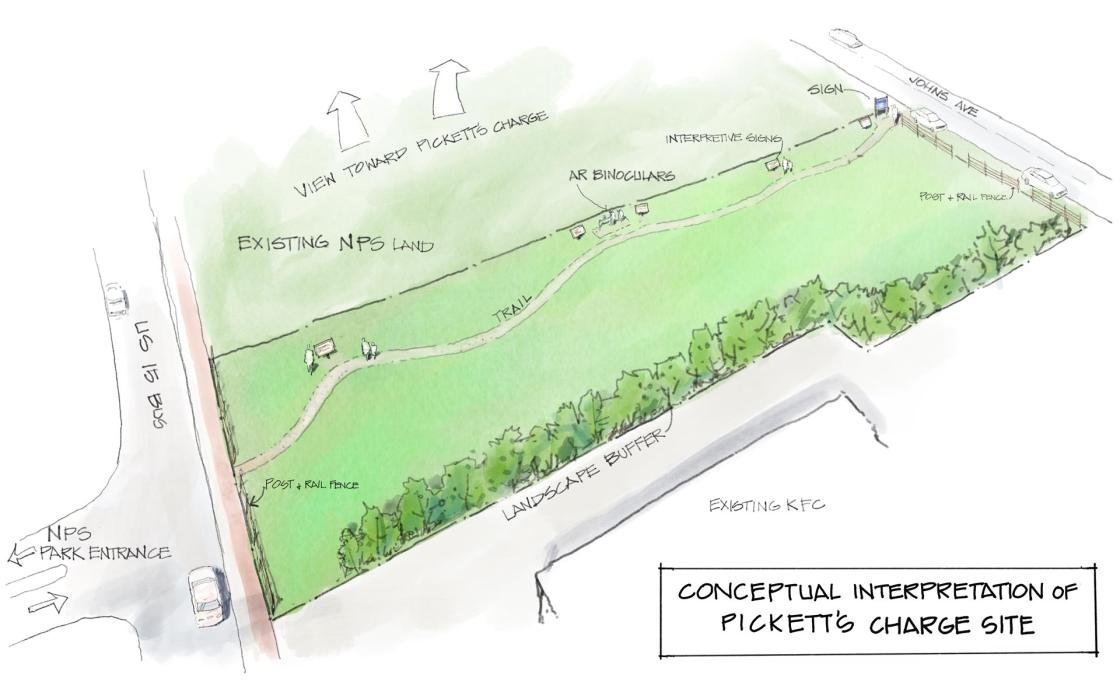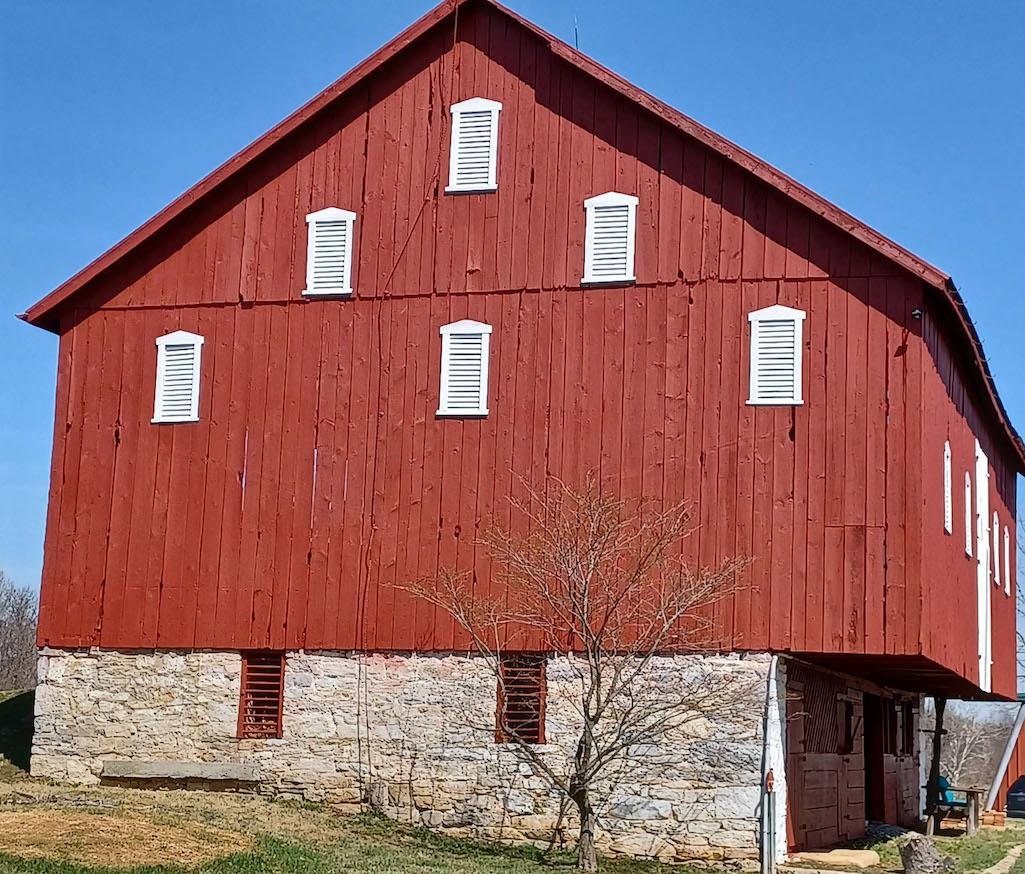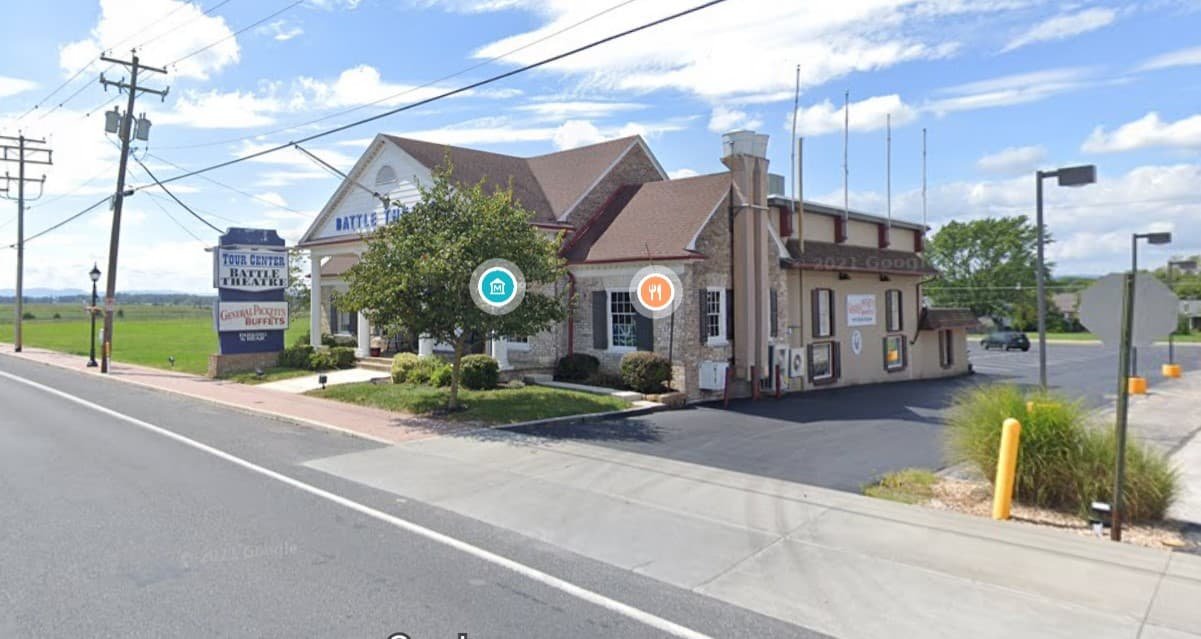FROM - The American Battlefield trust:
I’m especially thrilled when I can share with you the crossing of a preservation milestone and our most recent victory of 144 acres saved at Bentonville, North Carolina, does just that. With the now completed transfer of that land to the State and its incorporation into the Bentonville Battlefield State Historic Site, the Trust, with the help of our members and partners, has saved more than 2,000 acres of battlefield land at Bentonville, the most acres saved at any battlefield outside of Virginia and the Eastern Theater of the Civil War. Preserving this land helps us share with future generations a more complete history of the conflict, and we thank you!
Last Stand
In the waning weeks of the war, the March 19-21, 1865, Battle of Bentonville, the largest fought in North Carolina, was part of the last series of standoffs between Union Maj. Gen. William Tecumseh Sherman and Confederate Gen. Joseph E. Johnston, as Federal forces pushed toward Goldsboro and the completion of the Carolinas Campaign. At this central North Carolina site, the Confederates took the first step in their final stand.
At 10:15 on the morning of March 20, 1865, Johnston received word from Gen. Evander Law of the approach of the Federal Right Wing and ordered Gen. Robert F. Hoke to swing his division back to a position, parallel to and north of the Goldsboro Road.
The Federal Right Wing had been in a running fight with Confederate cavalry under the command of Gen. Law for more than eight miles. The Federal XV Corps, under command of Maj. Gen. John Logan was first to arrive with Bvt. Maj. Gen. Charles Woods’ division in advance. Gen. Woods deployed the Second Brigade under Colonel Robert Catterson with skirmishers of the 100th Indiana advancing to clear the intersection held by the southerners of Brig. Gen. Johnson Hagood’s Brigade.
As this fight was in progress Generals Oliver Otis Howard, Logan and Woods had ridden up very close to the skirmish line when elements of Lt. Gen. Wade Hampton’s Cavalry came out of the woods to the left and behind the Federal skirmish line nearly capturing the trio and some of their staff. A change of front and several well-placed volleys from the reserves of the 100th drove the southern cavalry off the field, eventually clearing the intersection of any resistance.
The sudden tumult frightened the 100th Indiana’s pack mules, who bolted for the rear, “and the air for a while seemed to be as full of frying pans, coffee pots, tin plates and cups as bullets,” wrote one onlooker from the 97th Indiana.
Once this area was cleared of the opposing forces, the land here was occupied by the Third Division under command of Bvt. Maj. Gen. John Smith and the Fourth Division of Bvt. Maj. Gen. John Corse.
Becoming Whole
These newly preserved acres are located on that portion of the battlefield where Day Two fighting took place. Surrounded by the Bentonville Battlefield State Historic Site, the preservation of this tract will enable the connection of existing and planned for trails and interpretation, in addition to the existing four and one-half miles of trails.
“At Bentonville, we are working towards a critical mass that allows for many of these properties to interlock and become whole,” says Kathy Robertson, the Trust’s Director of Project Management. “This, in turn, benefits the trails that visitors seek out to explore and understand the battle’s history.”
The threat of development, especially industrial-scale solar farm development, loomed large over this site and it still does over others. Thanks to the help of funding from the American Battlefield Protection Program and the North Carolina State Capital Infrastructure Fund and, of course, the help of our members and donors, we can claim this victory that not only helps connect the Bentonville battlefield and moves closer to making it whole but marks a milestone in battlefield acreage saved outside of the Eastern Theater of war.
All battlefield land is important. We’re grateful for the help to save this hallowed ground and announce this victory, with a pledge to continue the fight for more. Thank you and congratulations!
Sincerely,
David N. Duncan, President
American Battlefield Trust
P.S. Can't make it to this battlefield? Take a 360° virtual tour of Bentonville Battlefield State Historic Site on our website!


























